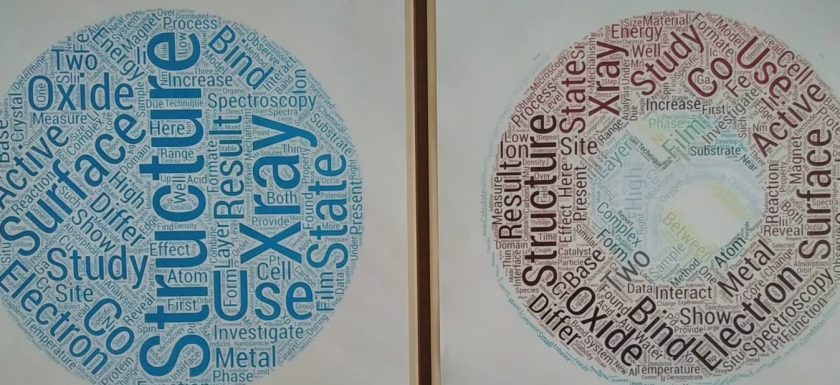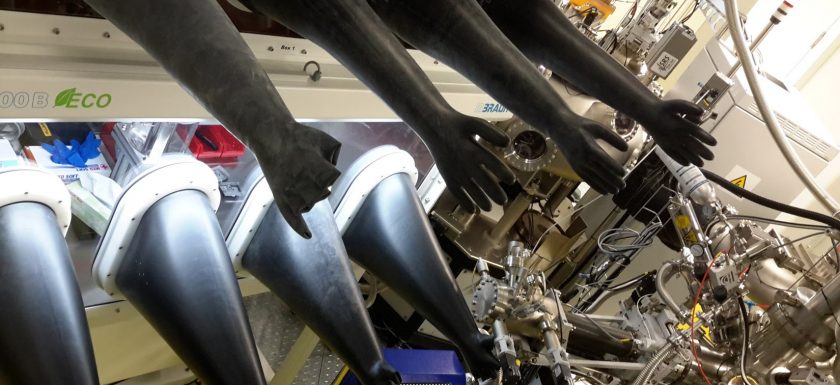Letter by the Helmholtz-Juniors
Dear all, October is officially a mental health awareness month. In order to raise awareness among the doctoral researchers, Helmholtz Juniors have prepared a series of informative letters to be sent out each Thursday in the course of October. However, since we – the team of representatives of the doctoral researchers at HZB – believe that this is a topic concerning everyone, we have decided to share some of this information with the whole HZB community. Take a moment, sit back, breathe and relax. We all know that doing a PhD can be really challenging, not only scientifically but also on the personal side. ThereRead More →



